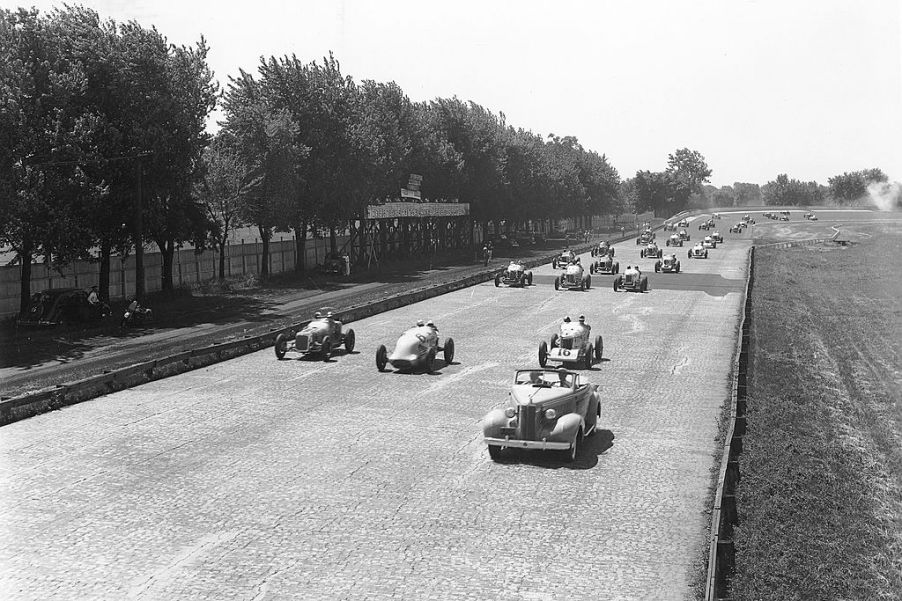
“Wild Bill” and the Weird Indy 500 Cars of the 1930s
In the world of racing, driving legends never truly die. That’s why on this 82nd anniversary of his death, we remember the career and life of racecar driver Bill “Wild Bill” Cummings. He might not be the most famous driver of all time, and there is even a chance you’ve never heard of him, but he holds several important places in history worth remembering. This February marks the 82nd anniversary of his completely unremarkable death, and we look back on his very remarkable life and racing career.
The 1934 Indy 500
Bill “Wild Bill” Cummings was the #7 car of the Indianapolis 500 in 1934, and before winning the race as the first-place driver, he led by a remarkable 57 laps, including the final 26 laps of the race. From the starting line, 33 cars began the race, but only 12 of these cars made it to the finish line. If you looked at many of the cars that participated in the 1934 Indy 500, they are distinctly different from modern-day cars in just about every way possible.

A different type of racecar
We know what modern-day racecars look like and can point them out even if we aren’t a fan of motorsports. We recognize NASCAR vehicles that are brightly painted and covered in sponsorship stickers and IMSA cars for their odd appearances. But this is just the modern generation of racecars. In the 1930s, things sure looked different. One of the biggest differences between this generation of racecars and modern-day racecars was that these vehicles had two seats and for a surprising and now obsolete reason.

Accidents and procedures
One of the biggest tragedies in racing is to lose a driver before his time in a tragic accident. Of course, the potential for a fatal car accident is much higher for drivers taking cars to their limits on the track, and it isn’t unusual to hear of drivers passing away due to injuries sustained at the races. That wasn’t the case for Wild Bill, however. Unfortunately, Bill Cummings passed due to injuries sustained in a regular passenger car on State Road 29 in Indianapolis.
Safety in passenger cars looks very different in the 1930s, as you could imagine. It was also very different in the world of racing, especially in one way that seems rather odd now. For several periods of time, drivers of the Indianapolis 500 were required to have a passenger in the car: a riding mechanic. This is very different from traditional races in which the driver must be alone in the vehicle. The purpose of the ride-along mechanic is no completed by teams at the pit stop.

Indy cars may have changed in the past several decades, but the love of motorsports is still deeply rooted in many fans and generations of heritage.


